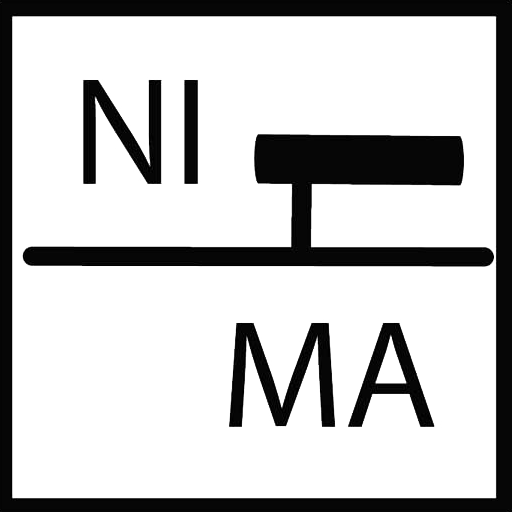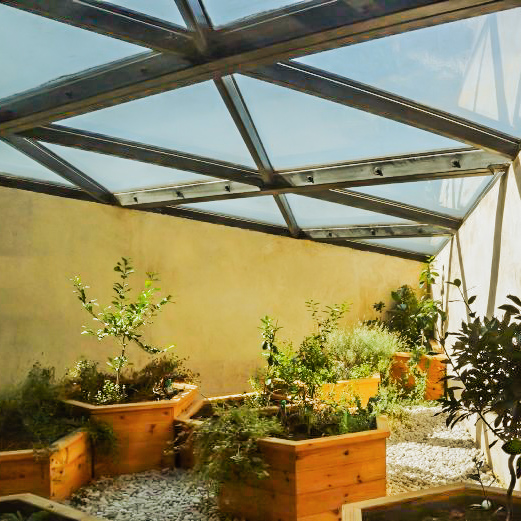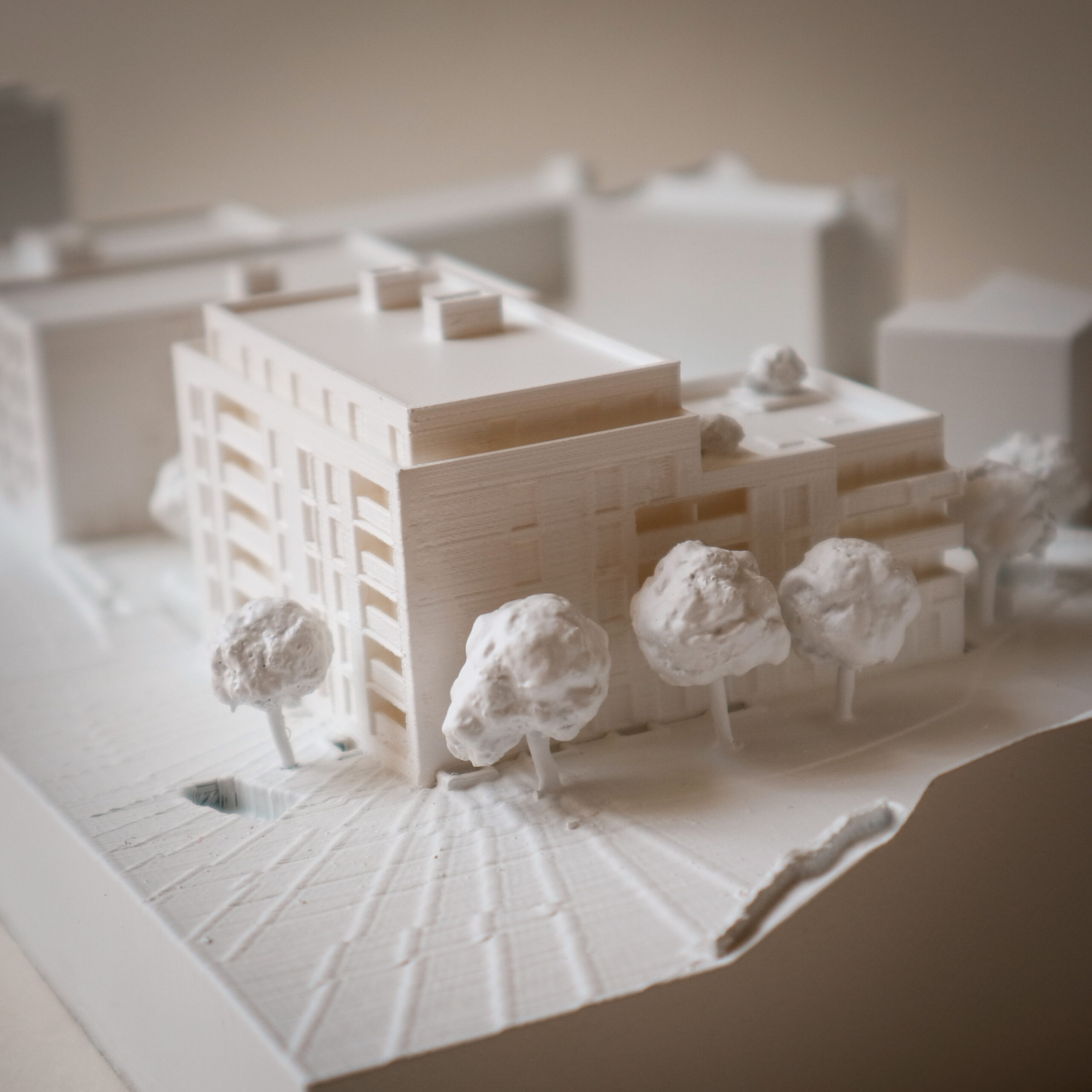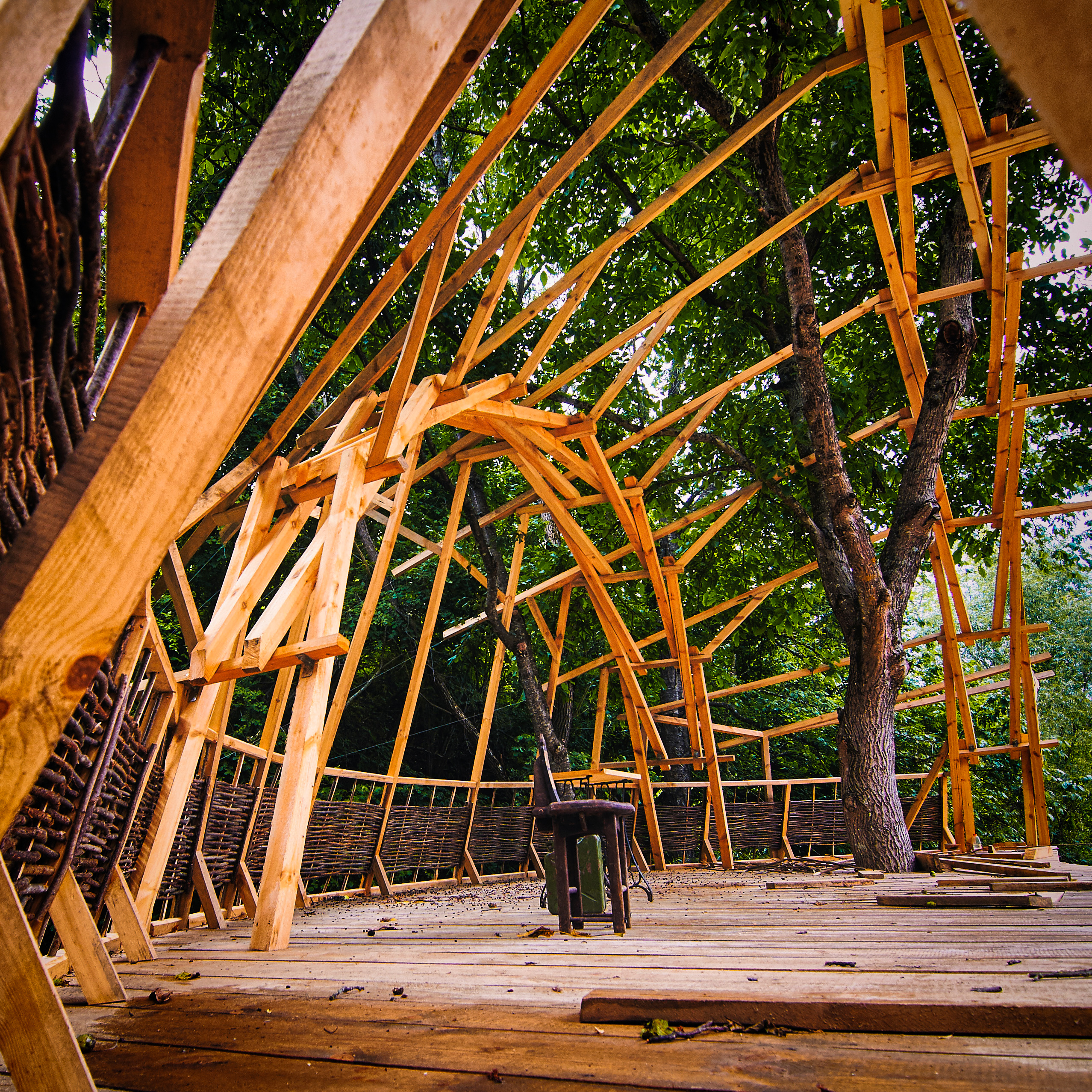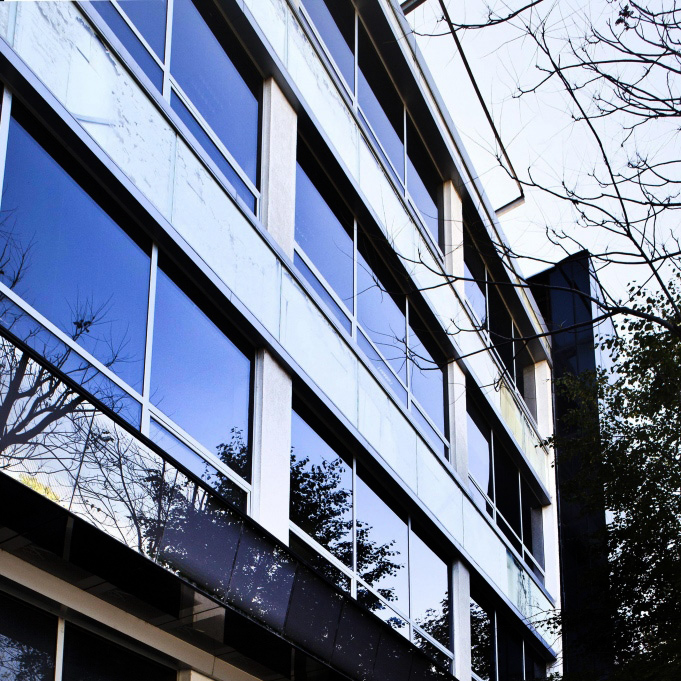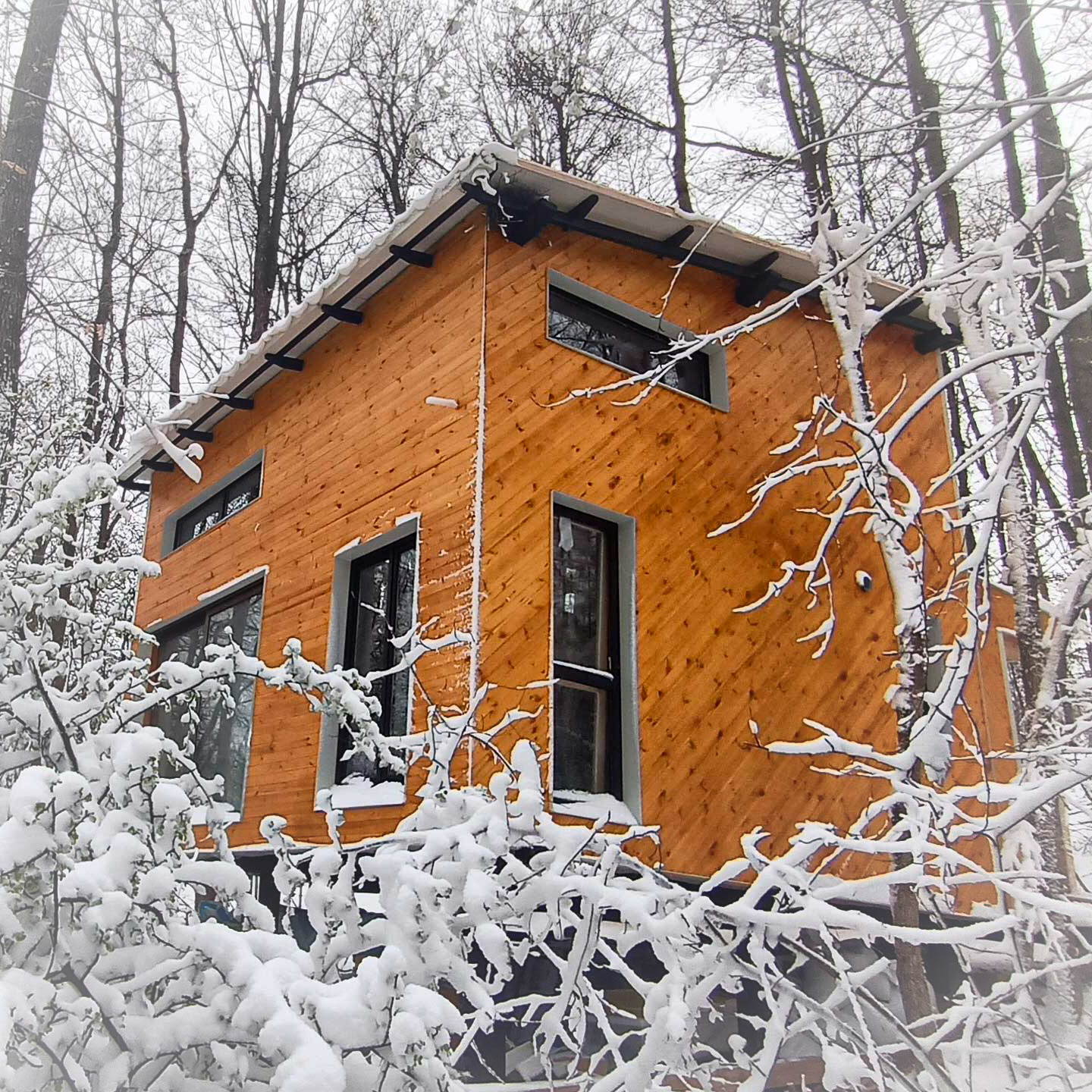The Raspberry House
- Project type: Residential
- Year: 2017-
- Status: Building in progress
- Location: Malina, BG
- Area: 290 m²
The clients are a couple, who want to spend their post-retirement days in a permaculture paradise and sustainable building out of natural materials.
So here it is The Raspberry Project which consists of a Permacultural project and The Raspberry House as part of it.
A straw bale house with visible posts and beams of wooden construction, outlining the clay and lime plastered walls.
The building is organized on three levels: the basement, the ground floor, and the second floor under the attic. A staircase connects the three of them.
On the ground floor, there is a garage, staircase, guest bedroom, master bedroom with its own bathroom and toilet, and a spacious living room with a kitchen.
In the kitchen itself, there is a corner, specially adapted for growing plants used for cooking.
A “forest path” like a corridor crosses the ground floor from west to east, making the connection from one end of the garden to the other. Small green islands on that path are designed
where purification plants are grown to increase indoor air quality.
A spacious greenhouse extends along the southern facade, making another connection from the outside, to the living room and the guest bedroom in an exotic space for growing fruits
and vegetables. This space serves also as a passive “thermal pump” or solar heater during the winter and a solar cooler during the summer.
Natural cross ventilation from west to east and south to north is also designed.
In the attic, there is another master bedroom with a working place for the artists, known as the “chaos room”. Various openings are designed to allow airflow between the “chaos room”,
the greenhouse, and the living area, so thermal and air comfort can be enjoyed under the attic also.
Separating composting toilets are used in the dwelling. The house waste water is filtered by a “reed bed” and other natural purification systems, allowing this water to be used afterward
in the garden. More about the Permacultural project you can read HERE.
